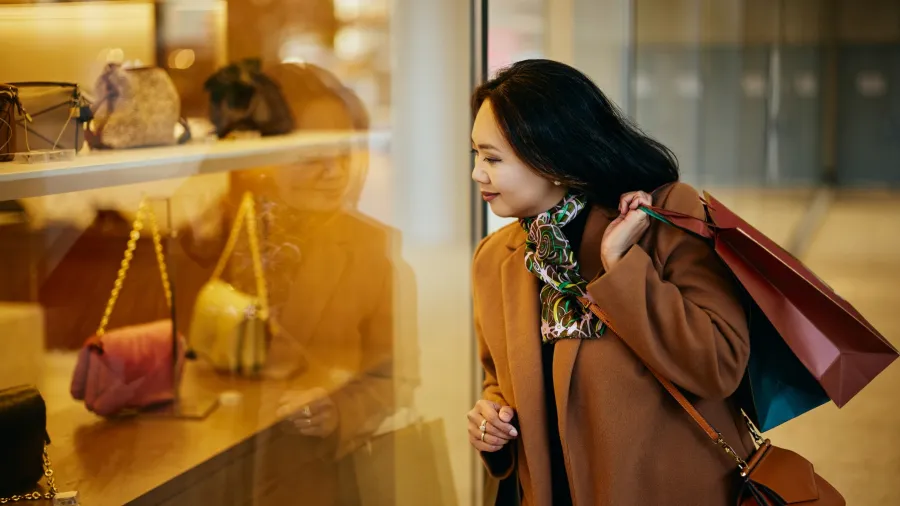
How can luxury brands overcome the impact of ‘luxury shame' in China?
China's market is pressured by rising outbound tourism and declining local demand.
Luxury brands are facing difficulties in China, partly due to 'luxury shame,' where consumers are increasingly hesitant to splurge on high-end items. To counter this, brands need to rethink their value propositions and diversify their customer base to stay competitive.
The country’s market is under strain from two key factors, including the revival in outbound tourism that’s pulling consumers away from domestic spending, and economic uncertainties that are weakening local demand, according to Bain & Company’s Luxury Goods Worldwide Market Study, conducted in collaboration with Altagamma.
‘Luxury shame’
The middle class, once a robust driver of luxury consumption in China, is now facing financial strain, leading to more cautious spending behaviours. This shift is similar to the "luxury shame" seen during the 2008-09 financial crisis in the Americas.
In 2023, the market grew by 12% year-on-year (YoY), rebounding from a pandemic-induced slump. This growth was driven by a strong first half of the year, though it slowed later due to mixed consumer sentiment and a high base from 2022, as per Bain & Company's China Luxury Report.

Despite a significant rebound, the market has not yet reached its 2021 levels. The economic climate and increased overseas shopping have tempered recovery. Additionally, uncertainties remain about the pace of consumer confidence recovery and the evolution of international luxury shopping.
China has a high luxury market-to-GDP ratio of 2.4% with a relatively low GDP per capita of around $13,000, driven by rapid income growth and a status-conscious culture, according to Natixis China Luxury Consumption Index.
However, challenges are growing, including slower disposable income growth and higher savings due to weaker income expectations. A weaker yuan and low inflation could increase luxury item costs, potentially deterring middle-class buyers, and changes in tax incentives might also impact luxury spending.
“As such, boosting luxury spending in China will be an uphill battle but the market will remain large,” it noted.
A report from Savills’ Global Luxury Retail 2024 Outlook said that most brands saw significant sales declines in China in the first quarter of the year due to a slowing economy, falling residential prices, rising unemployment, and stock market fluctuations. Because of this, people are saving rather than spending.
“Only the super-rich have the appetite to keep spending on luxury,” it stated.
Domestic sales during Chinese New Year were also disappointing, leading brands to adopt a cautious expansion approach.
In 2023, luxury brand store openings in China decreased by 12% but it still accounted for 41% of all new global openings.
“Weakening consumer confidence in China is likely to dampen confidence in store expansion this year and into early 2025,” the report noted.
Take, for example, Burberry's sales in mainland China fell 21% YoY, with the company citing "deteriorating consumer confidence" as the cause.
Bain & Company also said there is a shift towards experiences over tangible goods. This change is affecting traditional luxury goods markets, leading to growth in areas like hospitality and gourmet food, but a decline in personal luxury goods.
Moreover, the report highlighted that younger generations are facing rising unemployment levels and weakening future outlooks, leading to delayed spending on luxury goods. Meanwhile, Gen X and Baby Boomers, enjoying accrued wealth, continue to grow their spending and capture luxury brands’ attention.
Strategic imperatives
“As a narrative of resurgence and resilience emerges, luxury brands must prioritise trust and connection with consumers,” said Claudia D’Arpizio, a Bain & Company partner.
She emphasised, “Many are navigating a momentary crisis, driven by macroeconomic pressures and a polarised customer base. This presents a unique moment to define a new way forward for their brands, fostering a more personal connection with their customers.”
According to Federica Levato, a partner at Bain & Company, many brands worldwide are now using a dual strategy, focusing on top clients through large-scale events whilst expanding their reach in new territories.
“A dual strategy, framed around the allure of top-tier clientele and the appeal of smaller luxury indulgences, is driving growth at both ends of the price spectrum. But now is not the time for brands to rest on their laurels,” she underscored.
“As brands continue to face turbulence in the market, the winners will be those that rethink the way they craft and deliver their value propositions across multiple price points and touchpoints, growing their reach whilst building advocacy and loyalty amongst their customers,” Levato continued.
Luxury brands must invest in digital growth enablers, reinforce core business elements, maintain decision-making agility, and optimise stock management.
Questions to consider:
1. What strategies should luxury brands implement to counteract 'luxury shame' in China?
2. How can luxury brands balance high-end appeal with diversifying their customer base to stay competitive?
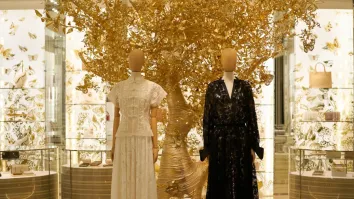

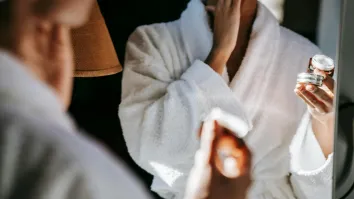
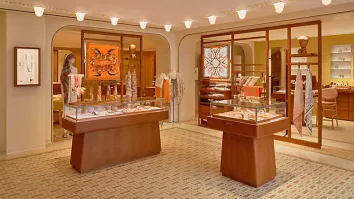










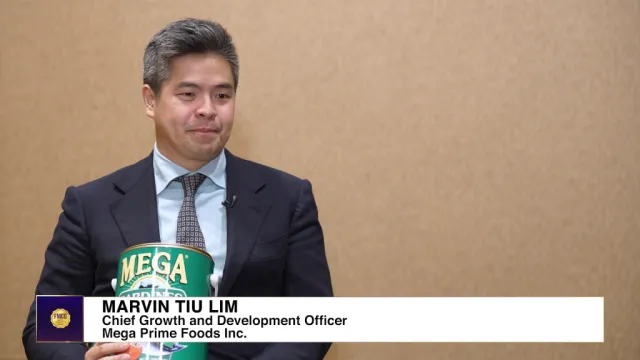


 Advertise
Advertise







